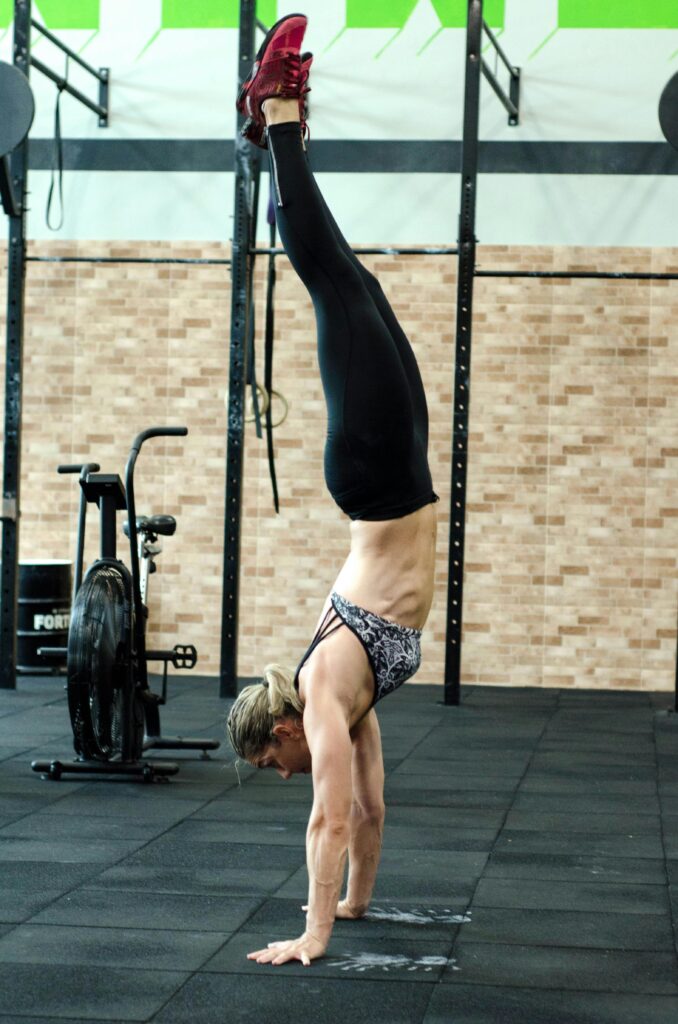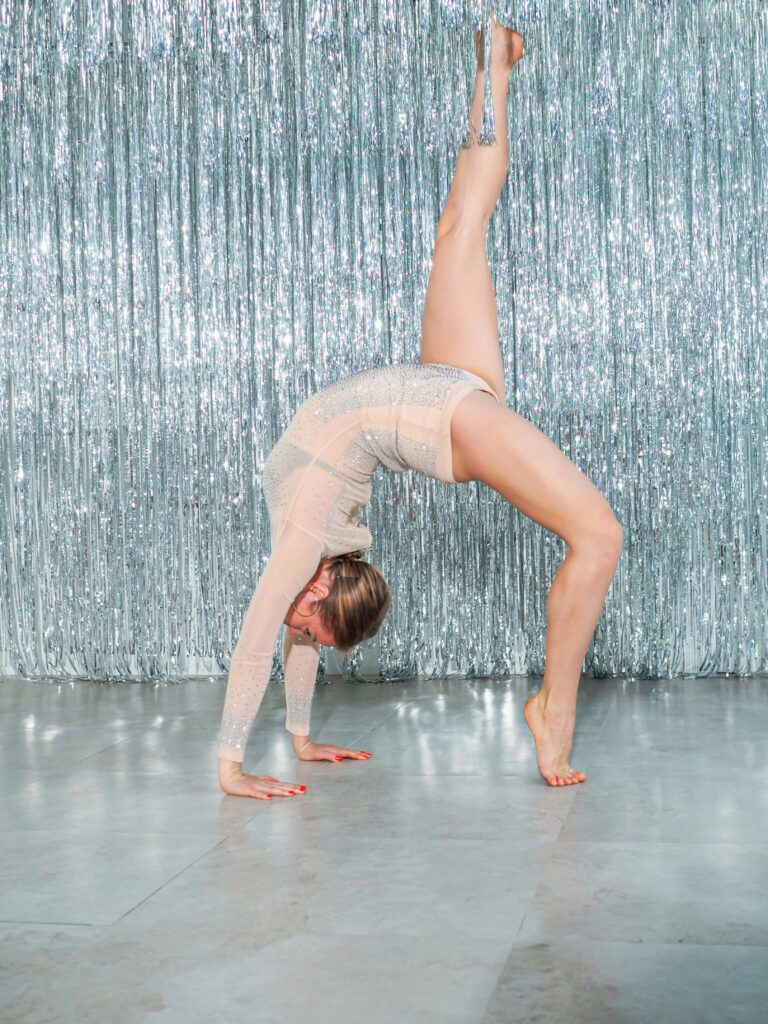Gymnastics is a sport that demands a combination of strength, flexibility, and precision. At its core, successful gymnastics relies on mastering a variety of fundamental positions that form the building blocks of more complex routines. Understanding these positions not only enhances performance but also minimizes the risk of injury. Here’s a comprehensive guide to some of the essential gymnastic positions that every aspiring gymnast should know.
1. Arch Position
Description: In the arch position, the gymnast forms a curve from the shoulders to the feet, creating a shape similar to a bow. The arms are typically extended overhead, and the legs are straight.
Purpose: This position is crucial for skills involving backward movements and balances, such as back handsprings or back tucks. It helps in developing flexibility in the back and hips.
Key Points:
- Keep the shoulders engaged and open.
- Avoid collapsing the lower back.
- Maintain a strong core to support the position.
2. Hollow Position
Description: The hollow position is a slight curve of the spine where the lower back is rounded, the pelvis is tucked under, and the torso is slightly lifted. The arms are usually extended overhead or alongside the body, and the legs are straight.
Purpose: This position is fundamental for skills that require a tight body shape, such as in tumbling passes or when holding a hollow body hold.
Key Points:
- Focus on tucking the pelvis under to engage the core.
- Keep the lower back rounded and avoid overextending.
- Ensure that the head is in a neutral position to avoid straining the neck.
3. Handstand
Description: The handstand is a position where the gymnast is vertically aligned with the body facing the floor and supported on the hands. The legs are extended and together, and the core is engaged.
Purpose: The handstand is a fundamental skill in gymnastics, used in various routines and exercises. It builds strength, balance, and body awareness.
Key Points:
- Maintain a straight body line from head to heels.
- Engage the shoulders and core to keep balance.
- Look slightly forward to keep the body aligned.

4. Split Position
Description: In the split position, the gymnast extends one leg forward and the other leg backward, aiming for a straight line from the toes of one foot to the toes of the other. The torso remains upright, and the arms may be positioned to aid balance.
Purpose: The split position enhances flexibility and is crucial for many floor routines and jumps.
Key Points:
- Keep the hips square and facing forward.
- Work towards straightening the extended legs.
- Stretch both legs regularly to improve flexibility.

5. Bridge Position
Description: The bridge position involves lying on the back and lifting the hips and torso off the ground, supported by the hands and feet. The body forms an arch shape.
Purpose: This position is useful for building back strength and flexibility. It is also a precursor to more advanced skills like back handsprings.
Key Points:
- Press through the hands and feet to lift the body.
- Avoid overextending the lower back.
- Engage the core to support the bridge.

6. Pike Position
Description: In the pike position, the gymnast bends at the hips with the legs extended straight. The torso leans forward, and the hands may reach towards the feet.
Purpose: The pike position is important for many acrobatic skills and dismounts. It helps in developing flexibility in the hamstrings and lower back.
Key Points:
- Keep the legs straight and together.
- Focus on hinging at the hips rather than rounding the back.
- Engage the core to maintain balance.
7. Tuck Position
Description: The tuck position involves pulling the knees towards the chest with the arms wrapped around them and the head tucked in. The body forms a compact, rounded shape.
Purpose: This position is used in many aerial skills, such as somersaults and flips, to create rotation and maintain control in the air.
Key Points:
- Keep the knees close to the chest for a tight shape.
- Use the arms to hold the legs and assist in rotation.
- Ensure the head is tucked in to maintain alignment.
Conclusion
Mastering these fundamental gymnastic positions is essential for any gymnast looking to advance their skills. Each position not only contributes to the execution of complex routines but also fosters overall strength, flexibility, and control. Consistent practice and proper technique are key to achieving proficiency in these positions, laying a solid foundation for further gymnastics achievements.